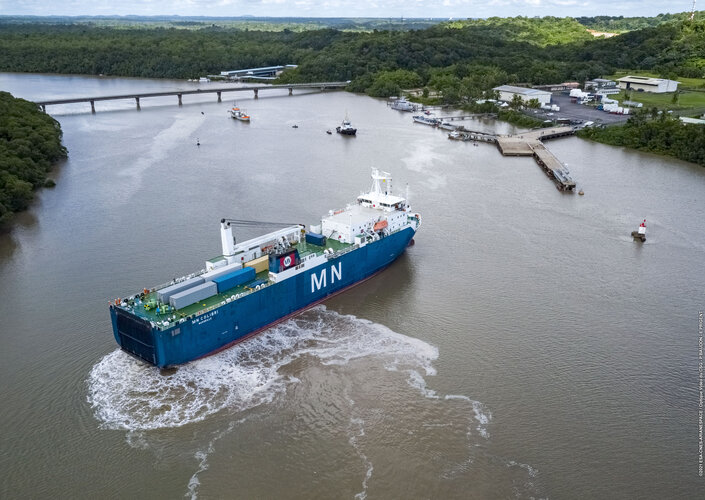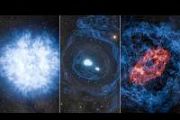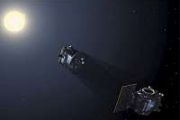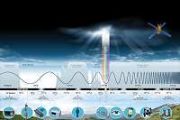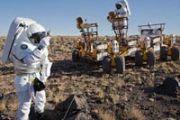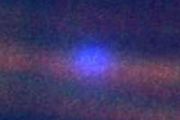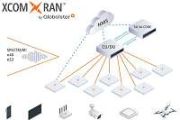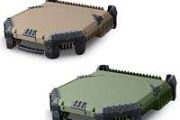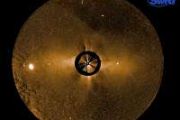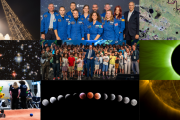
Copernical Team
NASA’s Webb Space Telescope Arrives in French Guiana After Sea Voyage
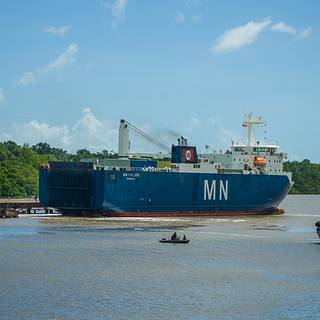 NASA’s James Webb Space Telescope successfully arrived in French Guiana Tuesday, after a 16-day journey at sea.
NASA’s James Webb Space Telescope successfully arrived in French Guiana Tuesday, after a 16-day journey at sea. Gardening, dreams and new records in space: a September of science
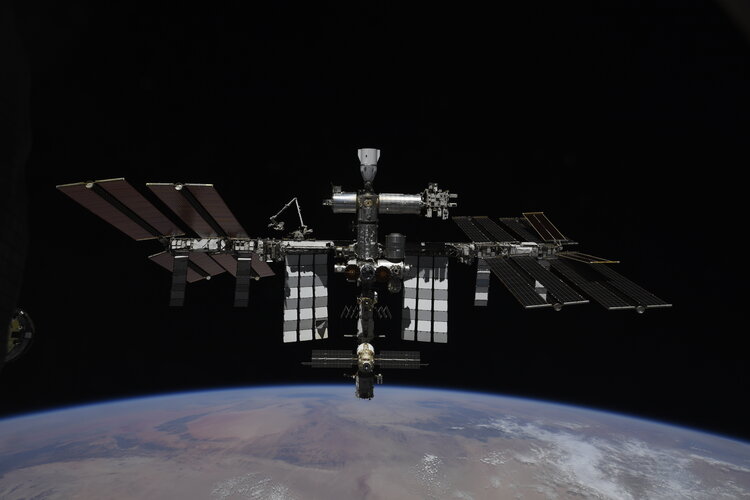
As International Space Station crew members prepared for an action-packed October, they broke records, tested virtual reality headsets and even grew plants in microgravity. Read on for science highlights from a stellar September in space.
Impression of Webb’s journey to space
 Video:
00:02:07
Video:
00:02:07
The James Webb Space Telescope will be the largest, most powerful telescope ever launched into space.
Webb’s flight into orbit will take place on an Ariane 5 rocket from Europe’s Spaceport in French Guiana.
Webb is the next great space science observatory, designed to answer outstanding questions about the Universe and to make breakthrough discoveries in all fields of astronomy. Webb will see farther into our origins – from the formation of stars and planets, to the birth of the first galaxies in the early Universe.
During the first month in space, on its way to the second Langrange point
ESA welcomes Webb in French Guiana for launch on Ariane 5
As Shatner heads toward the stars, visions of space collide

ICEYE commercial satellites join the EU Copernicus programme
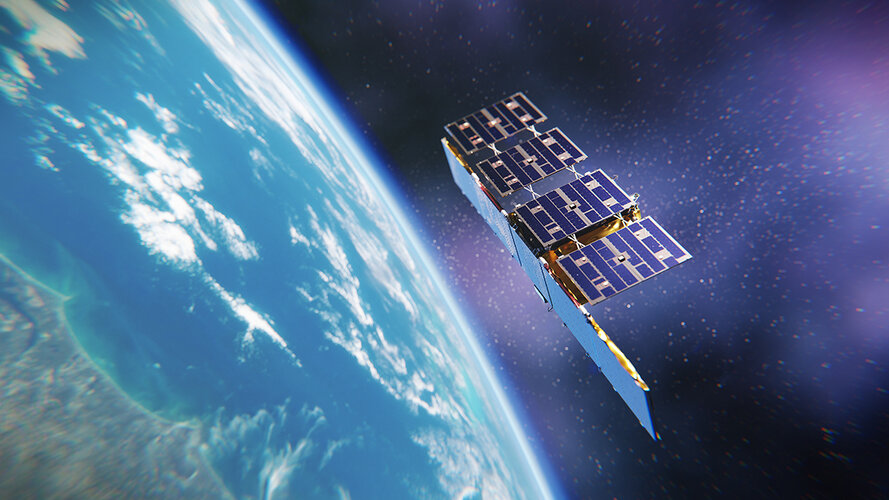
ESA signed a contract that brings the ICEYE constellation of small satellites into the fleet of missions contributing to Europe’s Copernicus environmental monitoring programme. As a commercial provider of satellite radar imagery, ICEYE is a perfect example of European New Space being implemented within Copernicus.
Contract secures build for HydroGNSS Scout mission
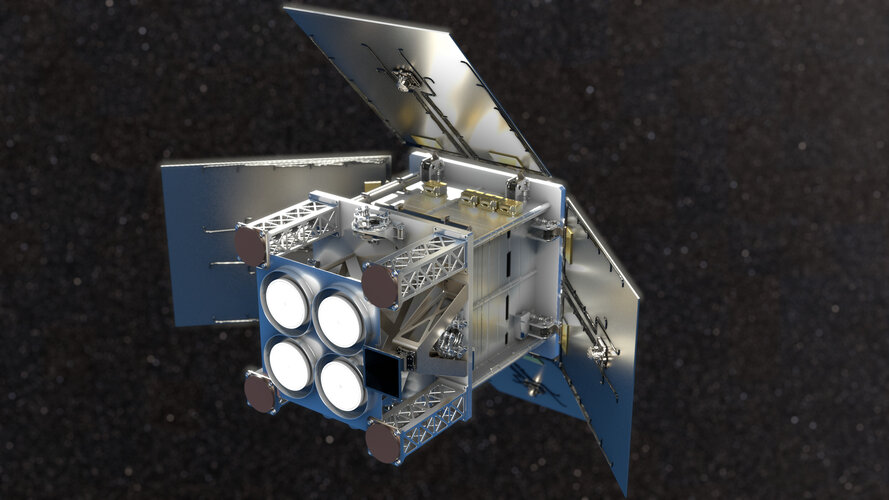
Today, as Φ-week gets underway, ESA has signed a contract with Surrey Satellite Technology Ltd to build the HydroGNSS Scout mission. Embracing the concept of New Space, HydroGNSS is a micro satellite that will use a technique called Global Navigation Satellite System (GNSS) reflectometry to measure climate variables such as soil moisture, freeze–thaw state over permafrost and inundation.
International Space Station in 2021
 Image:
International Space Station in 2021
Image:
International Space Station in 2021 Life on Mars: simulating Red Planet base in Israeli desert
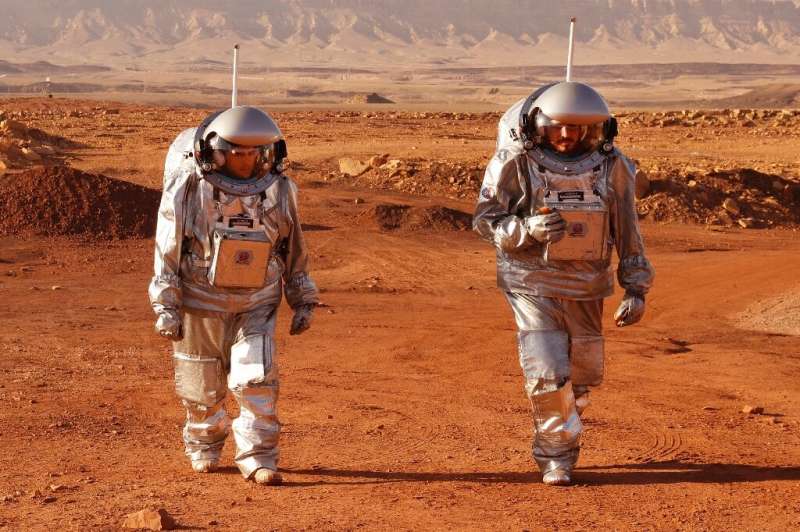
Inside a huge crater in Israel's sun-baked Negev desert, a team wearing space suits ventures forth on a mission to simulate conditions on Mars.
The Austrian Space Forum has set up a pretend Martian base with the Israeli space agency at Makhtesh Ramon, a 500-metre (1,600-foot) deep, 40 kilometre (25 mile) wide crater.
The six so-called "analogue astronauts" will live in isolation in the virtual station until the end of the month.
"It's a dream come true," Israeli Alon Tenzer, 36, told AFP. "It's something we've been working on for years.
Spotlight on climate and the New Space economy

Kicking off with a bold flourish, Φ-week 2021 promises to bring space even closer to the forefront of addressing society’s biggest challenges, namely issues associated with the climate crisis, while boosting the economy through transformative New Space, artificial intelligence, and quantum and cognitive computing.

